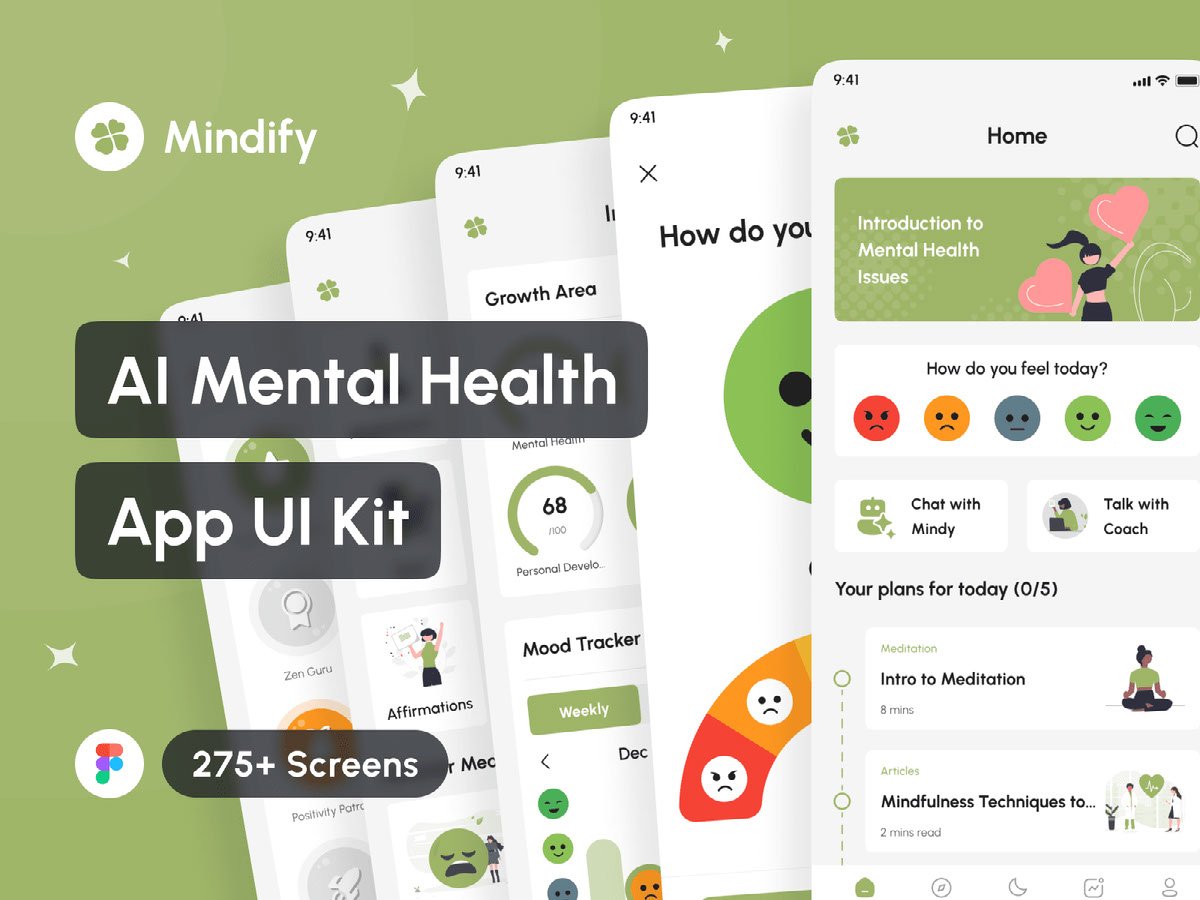In an age defined by constant connectivity, the overwhelming flow of information poses serious risks to mental health. This phenomenon, often referred to as ‘Digital Smog,’ describes the negative effects of excessive digital consumption on our wellbeing. Just as we monitor air quality to protect our physical health, we must also assess the quality of information in our digital lives to safeguard our mental health.
The digital landscape is designed to engage and entertain, with an endless stream of updates, notifications, and social interactions. However, this constant barrage can overwhelm our cognitive capacities, similar to the way polluted air affects physical health. Initial effects may be subtle, but prolonged exposure can lead to significant mental health issues.
The desire for social validation exacerbates this problem. Engagement metrics like likes and shares trigger dopamine releases, creating a cycle of seeking approval that can lead to addiction to social media. This addiction keeps users tethered to their devices, driven by fear of missing out (FOMO) and the continuous need for validation.
Many people subscribe to multiple information sources, believing they must stay informed about everything happening around them. This leads to an overload of content, where users consume far more information than they can process. The anxiety associated with missing important updates often drives this behavior, despite the lack of clarity on what information is genuinely essential. As a result, we often pay for access to vast amounts of content, while our actual engagement remains minimal.
Learners and professionals are particularly affected by this digital smog. The expectation to remain up-to-date and the pressure to manage a flood of information contribute to rising mental health challenges. Many students try to balance academic responsibilities with the demands of social media and constant notifications. Their cognitive abilities, while impressive, have limits. The irrelevant information that floods their minds occupies space that could be used for learning and personal development.
In the professional realm, employees face similar pressures. The need to keep pace with industry news and online discussions can detract from their ability to focus on their core tasks, reducing productivity and overall job satisfaction.
To combat the effects of digital smog, individuals must develop strategies to manage their information consumption. This involves creating a personal ‘Information Quality Index’ to prioritize what is truly needed for work, studies, and personal life. Here are some actionable steps:
1. **Define Information Needs**: Identify specific areas of knowledge that are essential for your work or studies. 2. **Prioritize Reliable Sources**: Focus on trusted information outlets instead of consuming content from every available channel. 3. **Practice Mindful Consumption**: Be deliberate about how and when you engage with digital content, rather than reacting to every alert or notification. 4. **Set Boundaries**: Limit screen time and take breaks from digital devices to allow your mind to recharge. 5. **Develop Critical Thinking Skills**: Learn to evaluate digital content critically, identifying potential biases and misinformation.
By implementing these strategies, individuals can filter out unnecessary information, improving their mental clarity and overall wellbeing. Recognizing the reality of digital smog and taking proactive steps to manage information intake can lead to a healthier, more balanced approach to technology in our lives. It’s critical to shift the focus from merely accessing information to understanding what is worth our attention.



